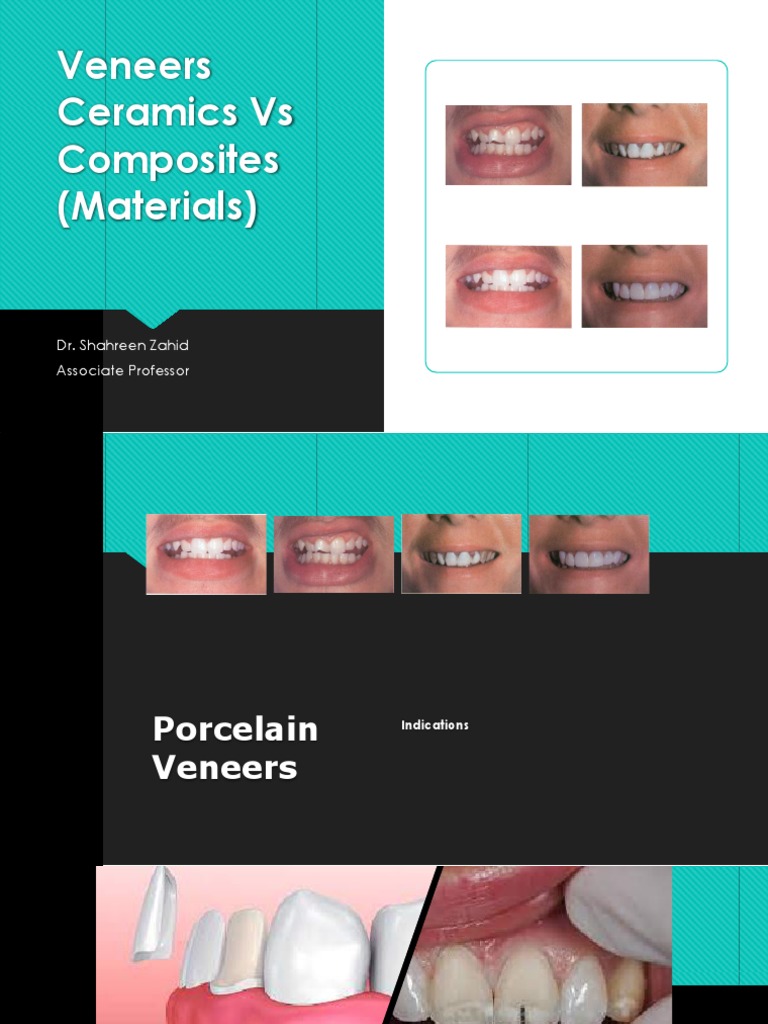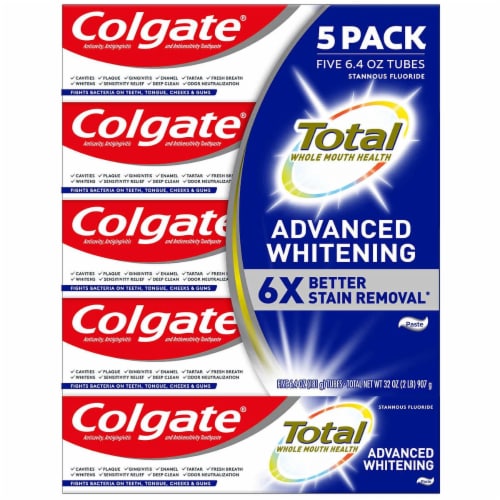Gum Laser Therapy: Heal Gums Painlessly

The quest for a healthy, beautiful smile often begins with addressing the foundation of oral health: the gums. For many, gum disease or sensitivity can be a source of discomfort and anxiety, especially when considering traditional treatment methods that might involve surgery or significant pain. However, advancements in dental technology have introduced a revolutionary approach to treating gum issues: gum laser therapy. This painless and highly effective method is transforming the way dentists approach gum health, offering a paradigm shift from invasive procedures to a minimally invasive, patient-centric care model.
Understanding Gum Laser Therapy
Gum laser therapy, often utilizing diode lasers, is a sophisticated dental technique designed to treat gum disease and promote healing without the need for scalpels or sutures. The principle behind laser therapy lies in its ability to selectively target and remove diseased gum tissue, bacteria, and other pathogens, while leaving healthy tissue intact. This precision not only reduces the risk of infection and promotes faster healing but also minimizes patient discomfort, making it an attractive option for those seeking pain-free dental solutions.
The Process of Gum Laser Therapy
The procedure for gum laser therapy is remarkably straightforward and can typically be completed in a single visit, though this may vary depending on the extent of the gum disease. Here’s an overview of what patients can expect:
- Initial Consultation: The dentist begins by assessing the patient’s gum health, discussing their concerns, and determining if laser therapy is the most appropriate treatment.
- Preparation: The area to be treated may be numbed with a local anesthetic, though many patients find the procedure comfortable enough without it.
- Laser Application: The dentist then uses a specially designed laser to remove diseased tissue and bacteria from the gum pocket. The laser’s precision allows for minimal damage to surrounding healthy tissue.
- Debridement: After removing diseased tissue, the dentist may perform a debridement to remove any remaining bacteria or debris from the pocket.
- Adjustment and Healing: The dentist may adjust the bite to ensure that teeth are not putting excessive pressure on the gums, which can exacerbate gum disease. Patients are then given instructions on how to care for their gums during the healing process.
Benefits of Gum Laser Therapy
The advantages of gum laser therapy over traditional gum surgery are numerous:
- Minimally Invasive: The use of a laser eliminates the need for incisions and sutures, reducing trauma to the gums.
- Less Pain: Patients often report little to no discomfort during or after the procedure, significantly reducing the need for pain medication.
- Faster Recovery: Healing times are shorter, allowing patients to return to their normal activities sooner.
- Reduced Risk of Infection: The laser’s ability to coagulate and remove infected tissue reduces the risk of post-procedure infection.
- Promotes Healthy Tissue Regeneration: By preserving as much healthy tissue as possible, laser therapy supports the natural regeneration of healthy gums.
Is Gum Laser Therapy Right for You?
While gum laser therapy offers a promising solution for many, it’s essential to consult with a dental professional to determine the best course of treatment for your specific needs. Factors such as the severity of gum disease, overall health, and personal preferences will play a role in deciding whether laser therapy is the most suitable option.
Frequently Asked Questions
How long does a gum laser therapy session typically last?
+The duration of the procedure can vary, but most sessions last between 30 minutes to a couple of hours, depending on the extent of the treatment needed.
Is gum laser therapy covered by insurance?
+Insurance coverage for gum laser therapy varies by provider and policy. It's best to check with your insurance company to see if this treatment is covered under your plan.
Can gum laser therapy treat all stages of gum disease?
+Gum laser therapy is highly effective for treating mild to moderate gum disease. For more advanced cases, it may be used in conjunction with other treatments. Consult with a dental professional to determine the best approach for your specific condition.
Conclusion
Gum laser therapy represents a significant leap forward in dentistry, offering patients a painless, effective, and minimally invasive solution for gum disease. By understanding the process, benefits, and what to expect, individuals can make informed decisions about their oral health. As with any dental treatment, it’s crucial to find a qualified professional who can provide personalized care and guide you through the journey to a healthier, happier smile.


